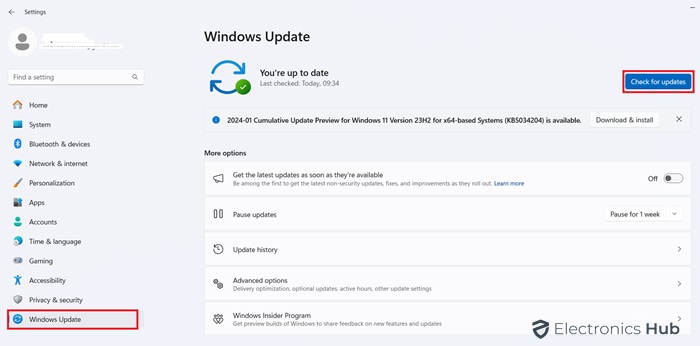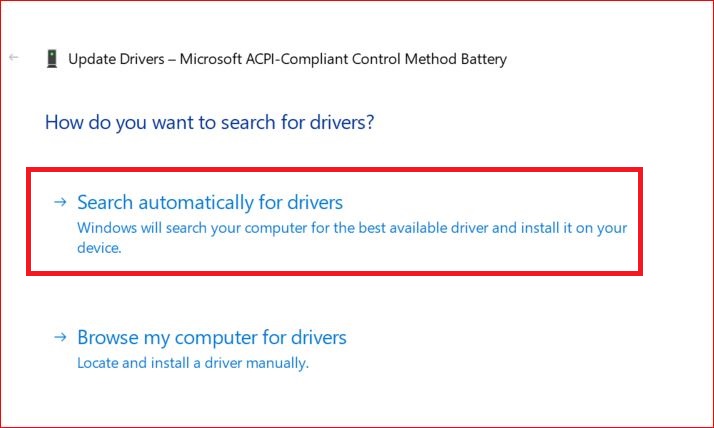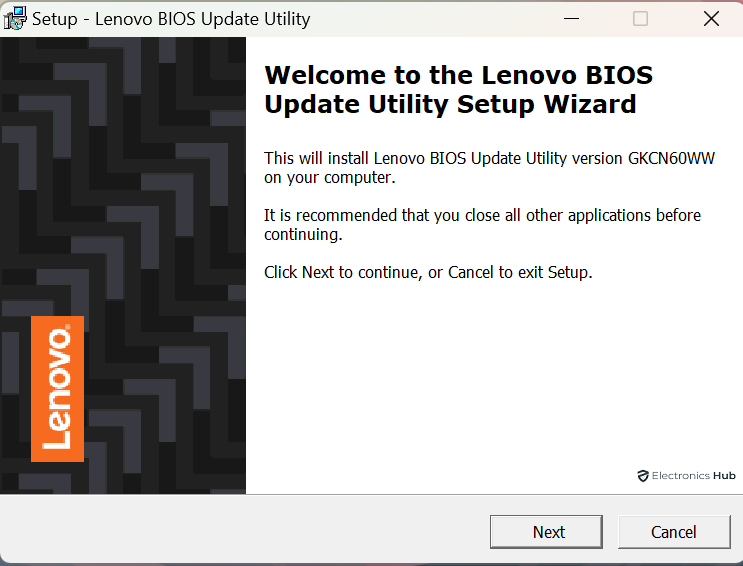Is your laptop battery not getting charged? Poor charging or the inability of a laptop to charge properly can be a frustrating issue for any user. It disrupts workflow, limits mobility, and raises concerns about potential hardware problems.
A laptop that refuses to charge could stem from various factors, ranging from simple cable issues to more complex hardware malfunctions. In this comprehensive guide, we’ll delve into the intricacies of fixing a laptop not charging issue.
Outline
ToggleWhy Is My Laptop is Not Getting Charging?
Understanding the potential culprits behind a laptop’s refusal to charge is the first step toward resolving the issue. Here are some common factors to consider:
- Faulty Power Adapter: The power adapter, also known as the charger, may be damaged or malfunctioning, leading to inadequate power delivery to the laptop.
- Defective Battery: Over time, laptop batteries degrade and lose their ability to hold a charge. A faulty battery can prevent the laptop from charging properly.
- Loose or Damaged Charging Port: Physical damage or wear and tear to the charging port can disrupt the connection between the power adapter and the laptop, hindering the charging process.
- Software Issues: Outdated or corrupted device drivers, BIOS settings, or power management settings can interfere with the laptop’s ability to charge.
- Overheating: Excessive heat buildup within the laptop can trigger safety mechanisms that prevent the battery from charging to avoid potential damage.
- Incorrect Power Settings: Incorrect power settings, such as a low power mode or battery saver mode, may restrict the charging process to conserve energy.
- Environmental Factors: Environmental conditions such as extreme temperatures or humidity levels can affect the performance of the laptop and its components, including the battery and charging system.
How To Fix “Laptop Not Getting Charging” Issue?
When faced with a laptop that refuses to charge, a systematic approach to troubleshooting is essential. Follow these steps to identify and address the root cause of the issue:
1. Check the Power Source and Cables
Ensure you cover the basics before diving into more complex solutions:
- Verify Power Outlet: Make sure the power outlet is functional by testing it with another device or using a different outlet.
- Inspect Power Cable: Check the power cable for any visible damage, fraying, or loose connections. If there’s an issue, consider replacing the cable.
- Examine Adapter: Inspect the power adapter for physical damage or overheating. If it feels excessively hot, let it cool down before attempting to use it again.
2. Inspect the Battery
A malfunctioning battery can be a common cause of charging issues:
- Check Battery Health: Most operating systems provide tools to check the battery health. Verify the battery’s condition and replace it if necessary.
- Reset Battery: Some laptops have a reset button on the bottom. Press it to reset the battery and try charging again.
3. Update Drivers and Software
Ensure your laptop’s software is up-to-date:
i. Update Operating System
Check for and install any available updates for your laptop’s operating system. Follow below steps
- Open Settings
- Select Windows Update on left bottom corner and Click on Check for updates.
- If you find an update available click on Install and Download.
ii. Update Device Drivers
Visit the manufacturer’s website to download and install the latest drivers for your laptop, especially those related to power management. Follow steps given below.
- Click on the start menu and enter the word “Device Manager”
- Tap on the “Batteries” option.
- You can view two options, one is for the AC Adapter and another one for the Battery
- Right-click on Battery and select the “Update Driver” option.
- A window will pop up where you’ll select the automatic driver search button.
4. Reset Power Management
Resetting power management settings can often resolve charging issues:
- Reset Power Management Settings: Access the power management settings on your laptop and reset them to default or recommended values.
- BIOS/UEFI Update: Check if there’s a BIOS/UEFI update available for your laptop and install it if needed.
By systematically addressing these troubleshooting steps, you’ll likely pinpoint the cause of the charging problem. If t
Fix Hardware Checks For Laptop Not Charging
If the laptop still refuses to charge after conducting basic troubleshooting, it’s time to delve into more specific hardware checks. Follow these steps to examine critical components:
1. Check Charging Port
Examine the charging port for any physical damage, debris, or foreign objects that may obstruct the connection. Clean the port gently using compressed air if necessary.
Gently wiggle the power connector while it’s plugged into the laptop. If the connection is loose, it could indicate a problem with the charging port.
2. Test the Charger
Ensure the power adapter is functioning correctly. If available, use a multimeter to check the voltage output of the power adapter. Compare it to the voltage specifications provided by the laptop’s manufacturer. If possible, use a compatible charger from the same manufacturer to see if the issue persists.
3. Inspect the Battery
Further examination of the battery is crucial:
● Physical Inspection: Check the battery for any visible signs of damage, swelling, or leakage. If you notice any, replace the battery immediately.
● Battery Compatibility: Ensure the battery is compatible with your laptop model. Using an incompatible battery can lead to charging problems.
4. Professional Assistance
If all DIY efforts fail to resolve the laptop charging issue, it’s time to seek professional help. Reach out to the laptop manufacturer’s customer support for guidance or visit an authorized service center, especially if the device is under warranty. Alternatively, consult a qualified technician for independent repair services. Some repair shops offer diagnostic services to identify the specific problem, and depending on the diagnosis, replacement parts may be required.
Final Words:
If your laptop is not getting charged, it does not necessarily mean that you would need to replace the battery. There are other things to evaluate before you decide to replace the battery. By following the troubleshooting steps outlined in this guide and considering professional assistance if needed, you can effectively address the charging issue and potentially avoid unnecessary expenses.
FAQs:
Can a BIOS update fix charging issues on my laptop?
In some cases, a BIOS update can resolve charging problems by addressing compatibility issues or improving power management functions. Check your laptop manufacturer’s website for BIOS updates and follow their instructions for installation.
What could be causing my laptop not to charge?
Common causes include faulty power adapters or cables, issues with the laptop’s battery or charging port, or software-related problems.
What should I do first if my laptop is not charging?
Start by checking the power adapter and cable for any signs of damage or wear. Try using a different power outlet or adapter to see if the issue persists.
How can I troubleshoot the laptop’s battery or charging port?
Try removing the battery and reseating it, ensuring it’s properly connected. Clean the charging port with compressed air or a soft brush to remove any debris or dust that may be obstructing the connection.
Should I check for software-related issues if my laptop is not charging?
Yes, software-related issues can sometimes cause charging problems. Update your laptop’s firmware and drivers, and check power management settings to ensure they’re configured correctly.
Is it possible that my laptop’s battery needs to be replaced?
Yes, laptop batteries degrade over time and may need to be replaced if they no longer hold a charge or exhibit other signs of failure.
What should I do if none of the troubleshooting steps fix the charging issue?
If the issue persists after trying all troubleshooting steps, it may indicate a hardware problem with the laptop’s charging circuitry or battery. In this case, contacting the manufacturer’s support or a qualified technician for further assistance may be necessary.





